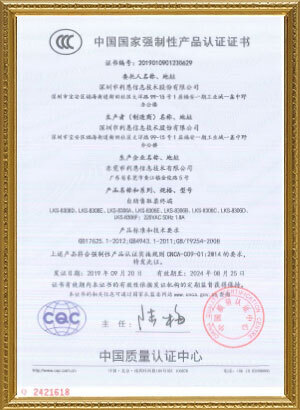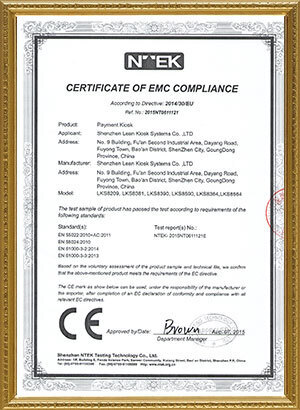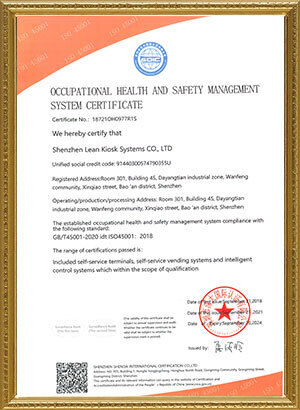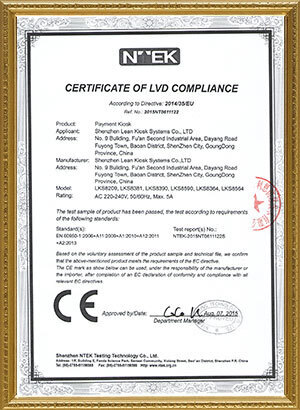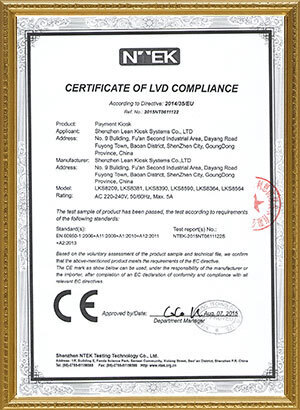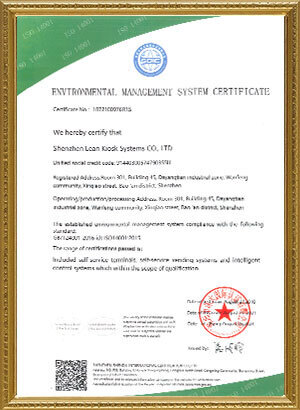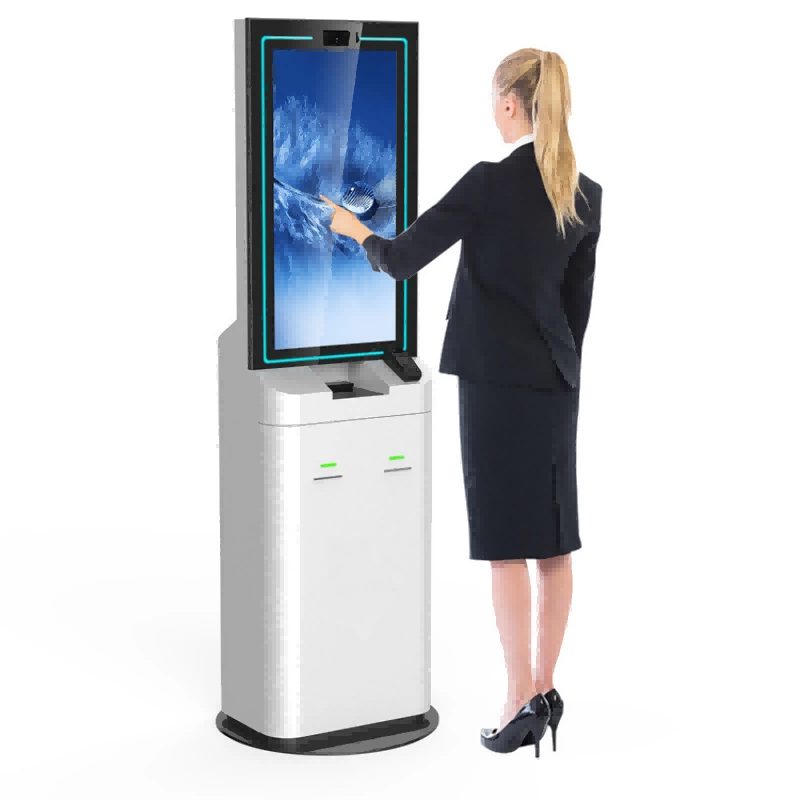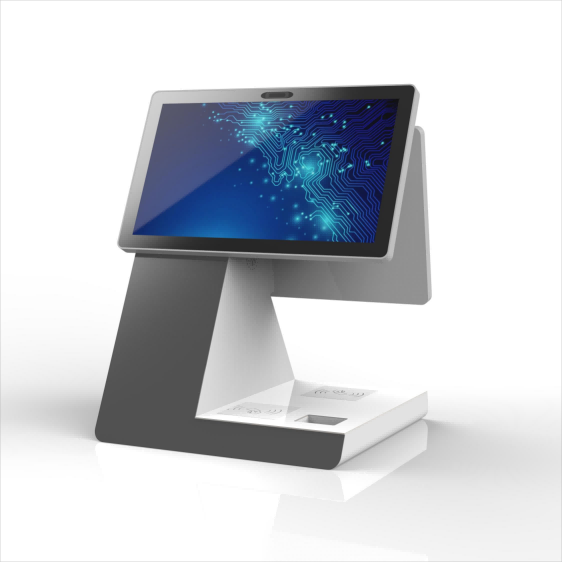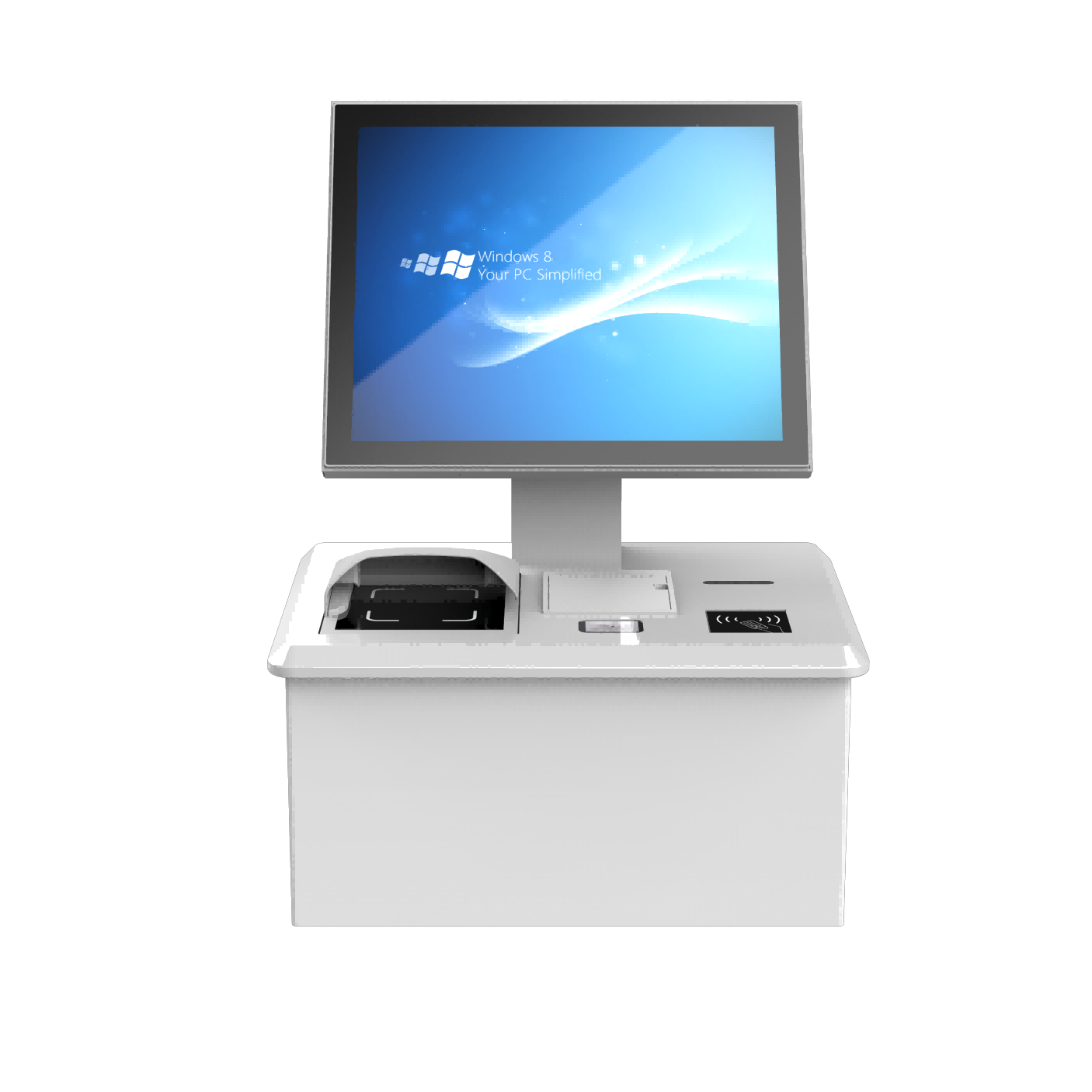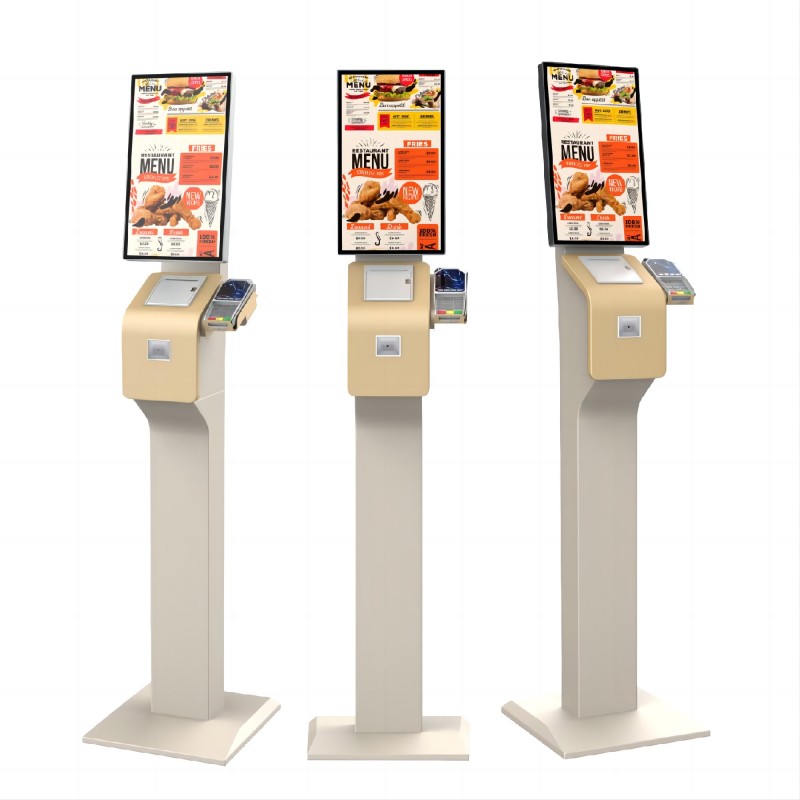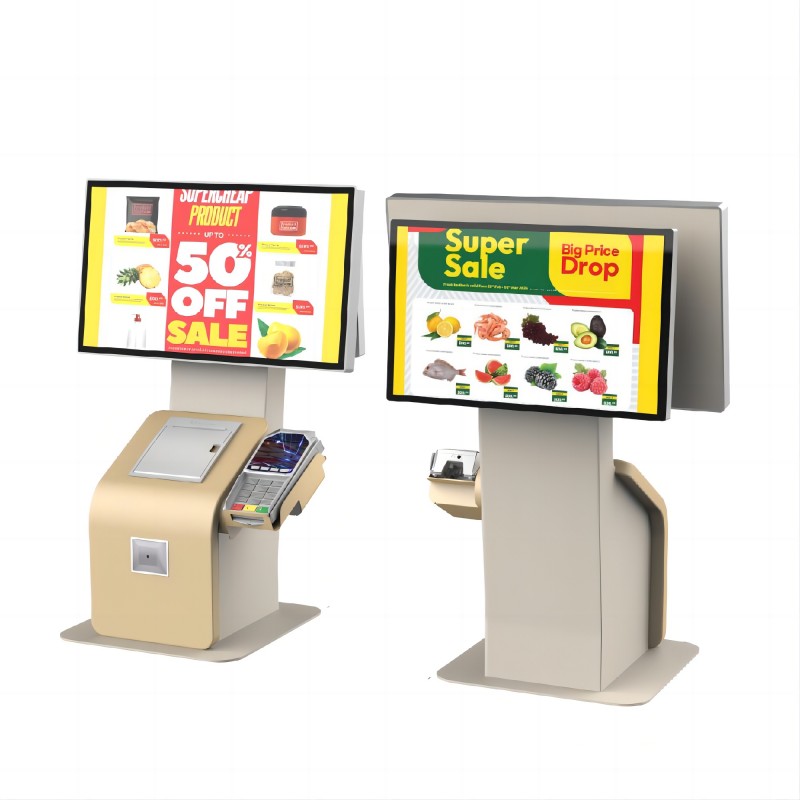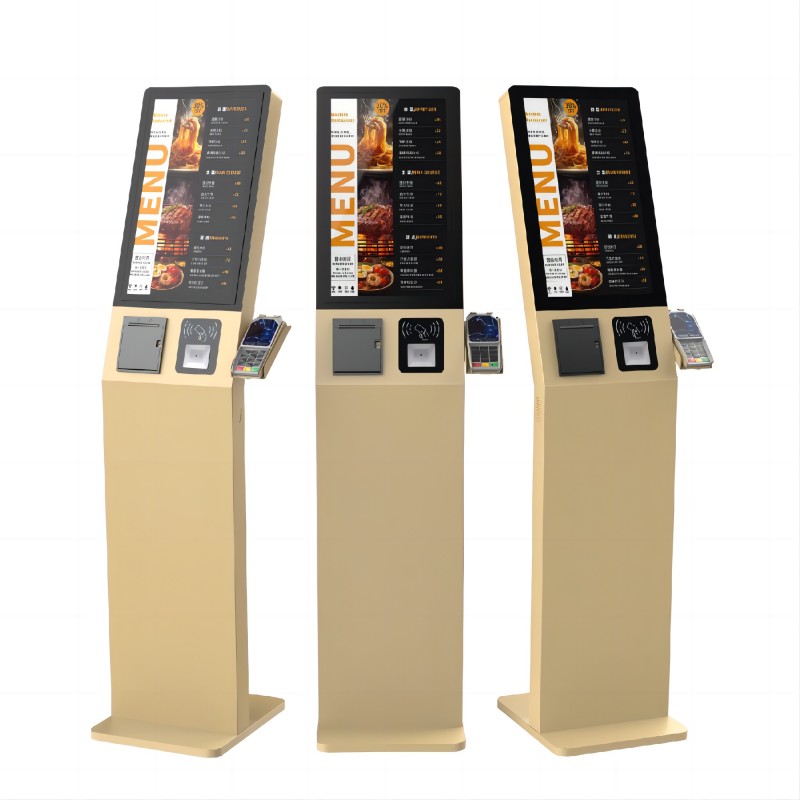
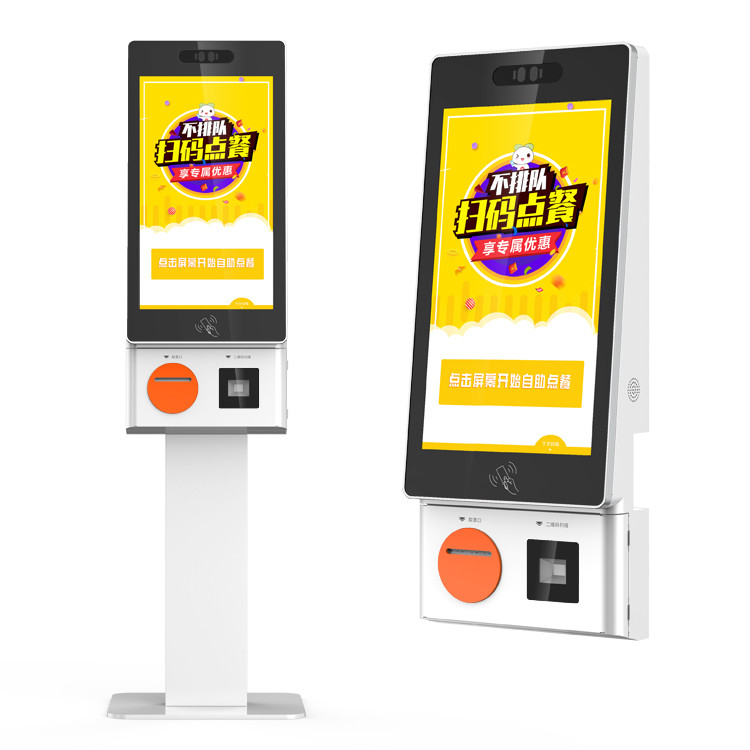
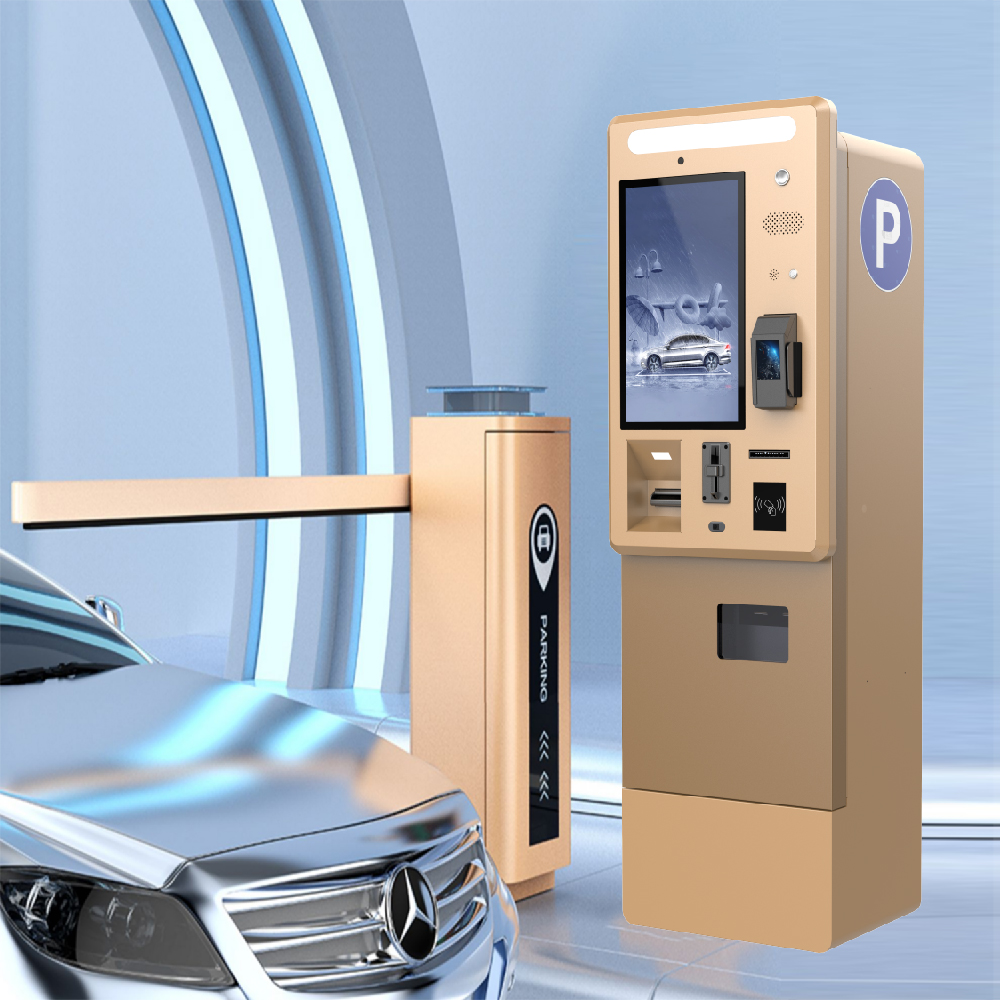
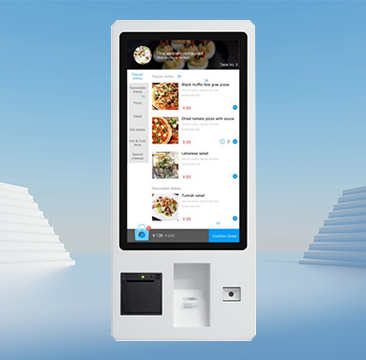
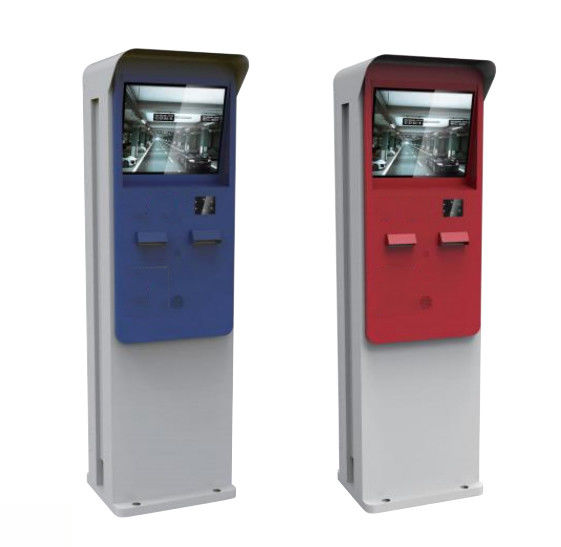

check in kiosk software
Check in kiosk software typically refers to software designed to facilitate self-service check-in processes for various purposes, such as at airports, hotels, events, or healthcare facilities.
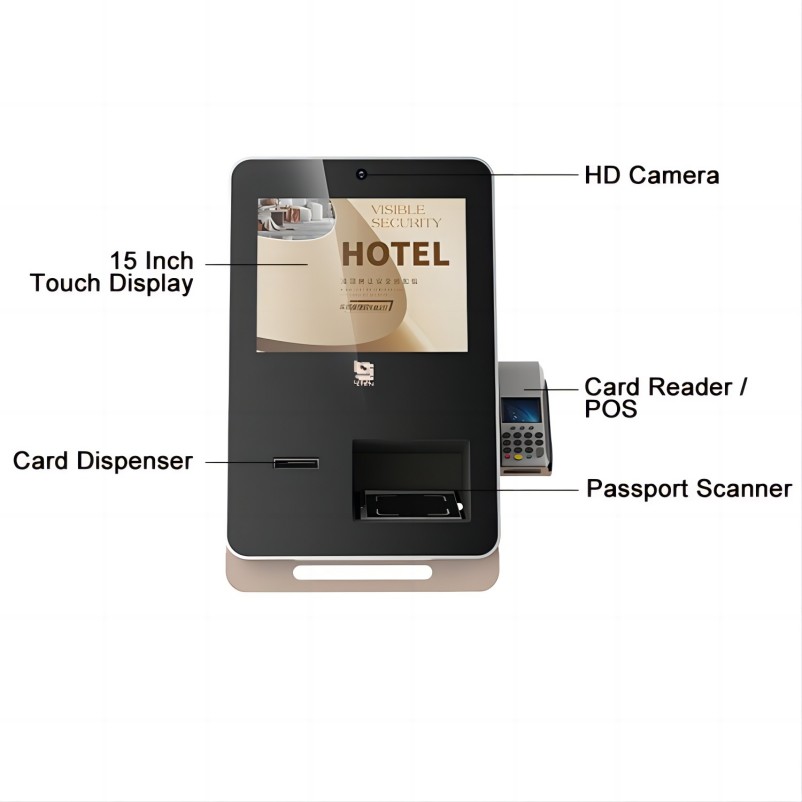
1. operating system
·Windows:
Pros: Widely used, extensive software compatibility, good for gaming, regular updates and support from Microsoft.
Cons: Can be prone to viruses and malware, updates sometimes disrupt workflow, licensing costs for business editions.
·Linux (Ubuntu, Fedora, etc.):
Pros: Highly customizable, open-source, secure, vast software repository, great for developers and tech enthusiasts.
Cons: Requires more technical knowledge, some software compatibility issues (especially proprietary software), not as user-friendly for casual users.
·Android:
Pros: Open-source, customizable, vast app ecosystem, available on a wide range of devices.
Cons: Fragmentation (different versions across devices), security concerns due to open nature, updates depend on device manufacturer.
2. UI design
·Visual Design:
Typography: Choosing fonts that are easy to read and appropriate for the context.
Color Scheme: Selecting colors that convey the right mood and ensure readability.
Layout: Organizing interface elements in a logical and aesthetically pleasing manner.
·Navigation Design:
Menus and Buttons: Designing clear navigation menus and buttons that guide users through the interface.
Information Hierarchy: Structuring content to prioritize important information and actions.
·Interaction Design:
Feedback: Providing visual and auditory feedback to confirm user actions and inform of system status.
Responsiveness: Ensuring that the interface responds quickly and smoothly to user interactions.
Consistency: Maintaining consistent design patterns and behaviors across the interface.
·Accessibility:
Inclusivity: Designing interfaces that are accessible to users with disabilities, considering factors like screen readers, keyboard navigation, and color contrast.
Adaptability: Creating interfaces that work well across different devices and screen sizes.
·Usability:
User-Centered Design: Focusing on the needs and behaviors of users throughout the design process.
User Testing: Iteratively testing the interface with real users to identify usability issues and gather feedback for improvement.
·Principles of UI Design:
Clarity: Ensure that interface elements and actions are clear and understandable to users.
Consistency: Maintain consistent design patterns, colors, typography, and behaviors throughout the interface.
Hierarchy: Organize information and actions based on their importance and frequency of use.
Feedback: Provide immediate and informative feedback to users upon their actions.
Simplicity: Keep the interface simple and avoid unnecessary complexity that can confuse users.
Accessibility: Design with accessibility in mind to ensure all users can interact with the interface effectively.
Aesthetics: Create visually appealing interfaces that enhance the overall user experience.
3. UX design
--User Research:
Conducting research to understand the needs, behaviors, and motivations of users.
Using techniques such as user interviews, surveys, and usability testing to gather insights.
--Information Architecture:
Organizing and structuring information in a way that is intuitive and easy for users to navigate.
Creating wireframes and prototypes to define the structure and flow of the user interface.
--Interaction Design:
Designing interactive elements and behaviors that facilitate user tasks and goals.
Focusing on usability, responsiveness, and intuitive interactions.
--Visual Design:
Creating a visually appealing interface that aligns with the brand and enhances usability.
Considering aspects like typography, color scheme, and visual hierarchy.
--Usability Testing:
Testing the product with real users to identify usability issues and gather feedback for improvement.
Iteratively refining the design based on testing results.
--Accessibility:
Ensuring the product is accessible to users with disabilities, considering factors like screen readers, keyboard navigation, and color contrast.
Prototyping and Iteration:
Creating prototypes to visualize and test design ideas before final implementation.
Iteratively refining the design based on feedback and insights gathered from users.
--Principles of UX Design:
User-Centered Design: Placing the needs and preferences of users at the center of the design process.
Consistency: Maintaining consistent design patterns, terminology, and behaviors across the product.
Clarity: Ensuring that the interface and interactions are clear and understandable to users.
Feedback: Providing timely and informative feedback to users to acknowledge their actions and inform them of system status.
Simplicity: Striving for simplicity and minimalism in design to reduce cognitive load and enhance usability.
Emotional Design: Considering the emotional impact of the design on users and aiming to create positive experiences.
Accessibility: Designing with inclusivity in mind to ensure all users, regardless of abilities, can access and use the product effectively.
Address: No. 99-15, Fuan intelligent manufacturing Industrial Park, Dayang Road, Fuhai Street, Baoan District, Shenzhen, China
- Tel:+852 59566712
- Email: frank@lien.cn
- Worktime:8:00-02:00
- Contact Person:Frank
- Mobile Site


